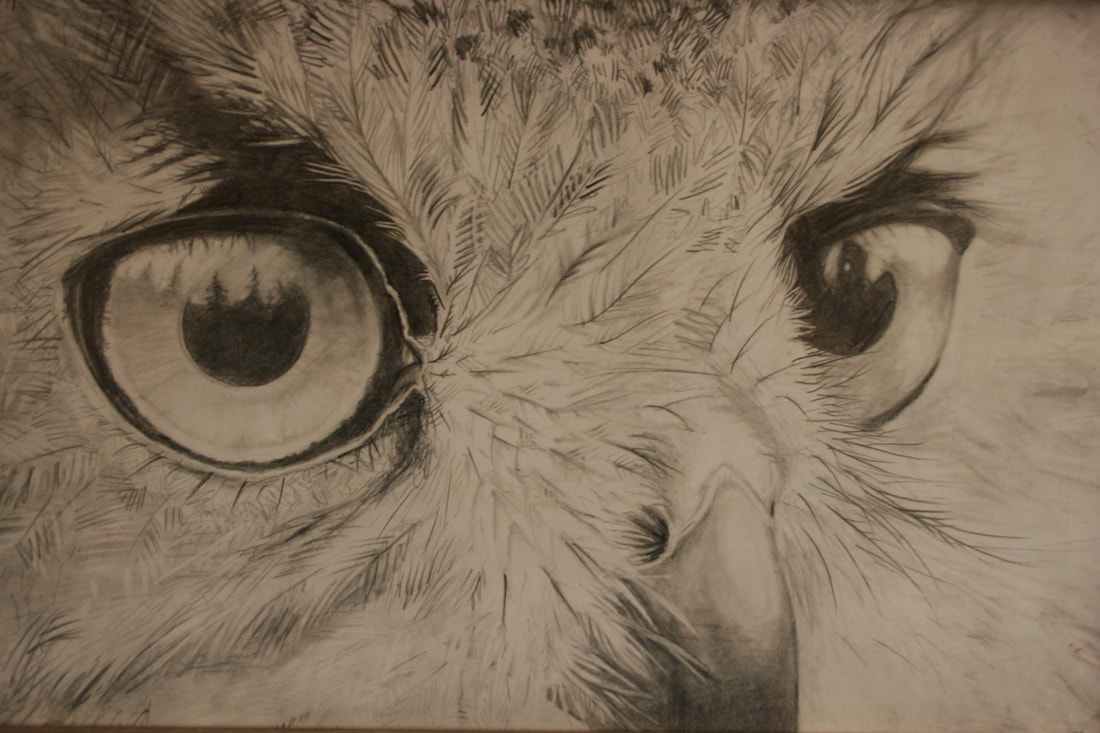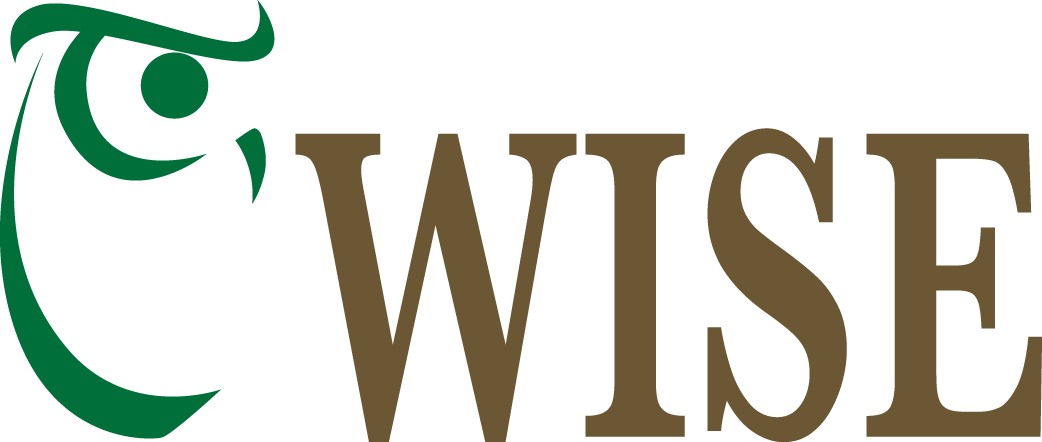|
By Janelle Eklund
Wrangell Institute for Science and Environment and their partners planned a fun and educational field trip for students at the fourth annual Earth Discovery Day program. The purpose of this annual program is to provide students with a field trip opportunity in a diverse outdoor classroom setting. The activities they participate in cultivates their observation skills, gives them an appreciation for the land, and a sense of wonder and discovery. This program was held on May 2 at Wrangell St. Elias National Park and Preserve (WRST) visitor center. The use of the facilities is very much appreciated for this important and educational program. One hundred and two students from all over the Copper Basin attended. There were 28 teachers and chaperones, 16 presenters, 3 helpers and one organizer that made the day a rewarding learning experience. Fourth grade students learned about how to age a fish with Corey Schwanke from ADF&G; the life history of the Lapland Longspur and Northern Water Thrush with Dianne Rogers from the Bird Treatment and Learning Center (TLC); the constellations and where the sun rises and sets with SAPA’s Ted Hesser and his Planetarium; and about recycling in “Don’t Dunk the Junk” with Arlene Rosenkrans from Resource Conservation and Development. Fifth Grade students learned how to Navigate by Map and Compass with Suzanne McCarthy from Prince William Sound Community College and WISE; how to respect the earth in “Berries, Plants, Trees” with Jessica Denny and Chantelle Pence from Mt. Sanford Tribal Consortium; how to identify rock crystals in “Stories in Rock Crystals” with Dave Wellman from WISE; and identify bird calls in “Name that Tune” with Tom Vandenberg and Vicki Penwell from WRST. Sixth Grade students learned the differences between packing a good backpack and a bad backpack in Leave No Trace with Glenn Hart from WRST and Janelle Eklund from WISE; how to identify trees and leaves in “Name that Tree” with Ben Seifert and Denton Hamby from Bureau of Land Management; the life history and characteristics of the saw-whet owl with Cheryl Gardner from Bird TLC; and watershed runoff in the “Enviroscape” with Doug Vollman from Kenny Lake Soil and Water Conservation District. WISE thanks all the presenters for their time and expertise which made this day possible. Comments from the students were an indication that the day was a great success and they learned many things: “I learned that the saw-whet owl’s wing span is 17.” “I also learned how to pack a backpack”. When asked how they will use what they learned some answers were: “Wisely”; “Keep the earth nice and clean”, “I will use the bird calls to find birds and when I go on trips I will use a map”. WISE thanks all the teachers, parents and helpers that participated and helped to make the day run smoothly. This program could not have been done without the support of the following sponsors. WISE would like to thank Alaska Community Foundation, Alaska Conservation Foundation, Conoco Phillips, Leave No Trace Tools for Teaching, and Wells Fargo for their generous donations.
0 Comments
Leave a Reply. |
Who We AreWISEfriends are several writers connected with Wrangell Institute for Science and Environment, a nonprofit organization located in Alaska's Copper River Valley. Most of these articles originally appeared in our local newspaper, the Copper River Record. Archives
August 2021
Categories
All
|
|
WISE is a
501(c)3 nonprofit organization |
Contact Us |


 RSS Feed
RSS Feed
